

— Blogs —
—Products—
 Consumer hotline +8618073152920
Consumer hotline +8618073152920 WhatsApp:+8615367865107
Address:Room 102, District D, Houhu Industrial Park, Yuelu District, Changsha City, Hunan Province, China
Product knowledge
Time:2025-10-22 17:16:13 Popularity:409
In modern agriculture, research, and urban environmental management, Ambient Weather Stations (AWS) have become indispensable tools. They can collect parameters such as temperature, humidity, wind speed and direction, and precipitation in real-time, providing reliable data for crop management, climate research, environmental protection, and disaster warnings.
As a supplier of agricultural and environmental monitoring solutions, NiuBoL leverages high-precision sensors and intelligent data platforms to help global users improve decision-making efficiency and resource utilization. This article provides a comprehensive analysis from definitions, roles, core functions, application scenarios, sensor breakdowns, selection guides, real-world cases, FAQs, and future trends.
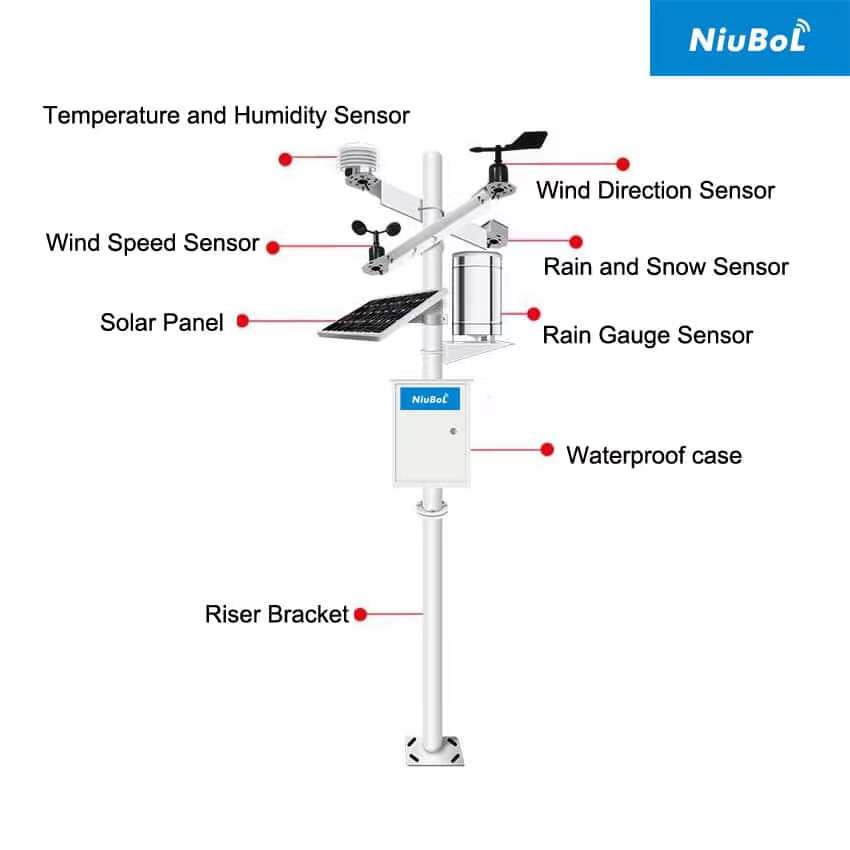
An Ambient Weather Station is an integrated monitoring device that automatically collects atmospheric and environmental parameters, including:
- Temperature and humidity sensors
- Barometric pressure sensors
- Wind speed and direction sensors
- Light and solar radiation sensors
- Soil temperature and humidity sensors (optional)
Characteristics of Ambient Weather Stations: Automation, precision, high-frequency data collection, and remote access, making them more efficient than traditional manual observations.
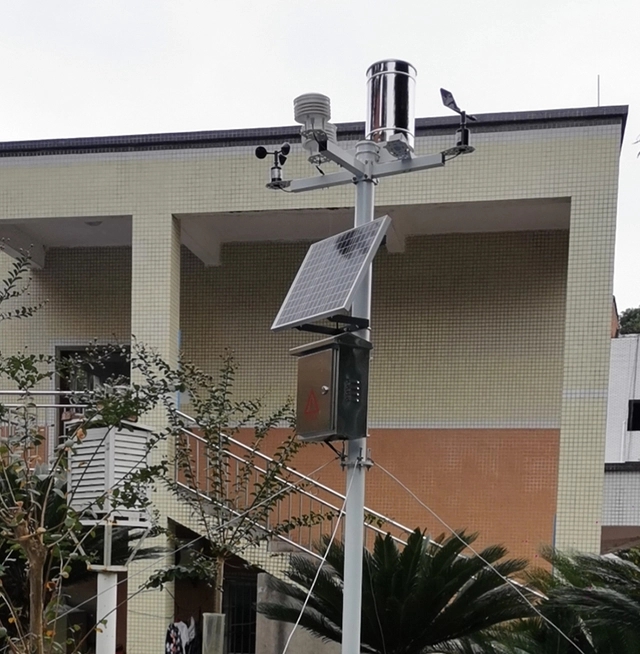
Round-the-clock, multi-parameter meteorological data collection supports agriculture, research, and environmental protection.
Data can be directly used for irrigation optimization, pest and disease prediction, and climate analysis decisions.
Precise monitoring of soil and air parameters guides irrigation and fertilization, reducing water and fertilizer waste.
Combined with light, temperature, and humidity data to optimize crop growth environments, increasing yields and quality.
By monitoring wind speed, precipitation, and barometric pressure changes, it provides early warnings for storms, floods, or droughts.
Data supports crop insurance claims and climate risk assessments.
Provides long-term, high-precision data for research institutions to analyze climate change and crop studies.
Serves as a teaching tool to help students understand meteorological principles and data analysis methods.
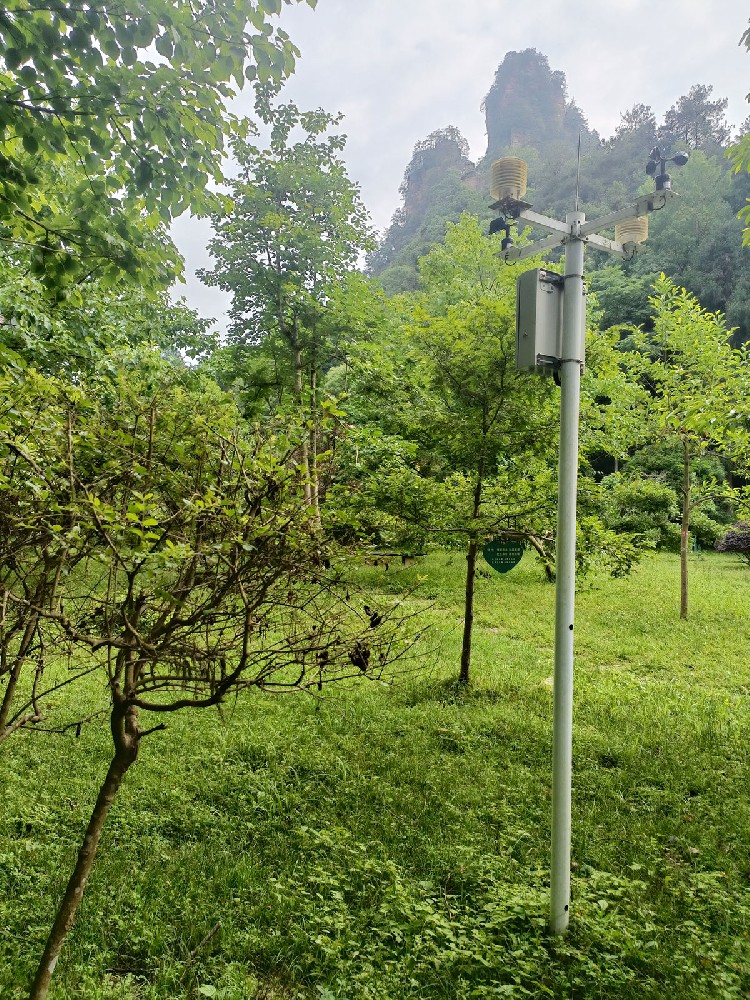
- Temperature and Humidity Sensor: Monitors air temperature and relative humidity, providing foundational data for crop management.
- Wind Speed and Direction Sensor: Analyzes wind force, wind protection, and pest and disease spread trends.
- Barometric Pressure Sensor: Used for weather trend prediction and climate model building.
- Precipitation Sensor (Rain Gauge): Accurately records rainfall amounts to optimize irrigation strategies.
- Light and Solar Radiation Sensor: Analyzes light intensity to guide crop photosynthesis.
- Soil Temperature and Humidity Sensor (Optional): Assists in irrigation strategies and soil management.
- Automatic data collection and recording (minute-level or hourly)
- Cloud-based remote access and data visualization
- Threshold alarms and intelligent analysis
- Scalability and modular design for easy upgrades and maintenance
- Precision Irrigation: Automatically adjusts irrigation based on soil humidity and rainfall.
- Crop Management: Guides planting and harvesting using light, temperature, humidity, and barometric pressure data.
- Pest and Disease Control: Predicts fungal or insect outbreaks using humidity and wind direction.
- Air quality, temperature and humidity, and microclimate monitoring to support urban planning and greening management.
- Flood warning and climate risk analysis to enhance urban disaster resilience.
- Climate Research: Long-term data for model validation and environmental change analysis.
- Teaching Experiments: Provides real data for students to practice statistics and analysis.
- Agriculture focuses on soil, temperature and humidity, light, and rainfall.
- Urban or research focuses on air quality, wind speed, direction, and barometric pressure.
- High-accuracy data is more valuable for research and decisions.
- High-frequency collection suits rapidly changing environments.
- Remote areas prioritize solar power + battery backup.
- Installation sites should be open and unobstructed to avoid interference from buildings or trees.
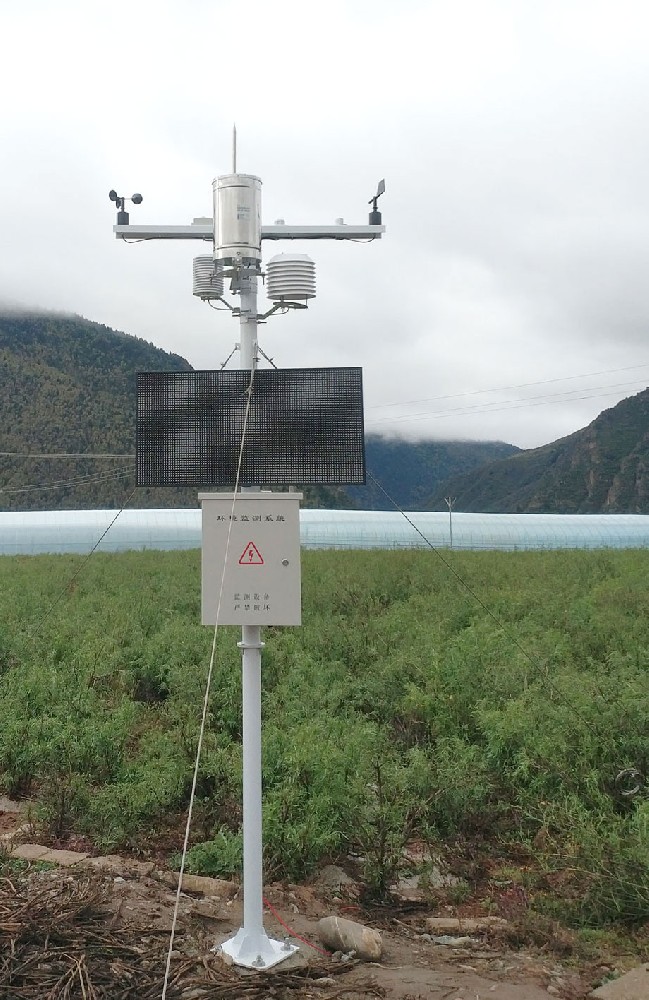
- Cloud platforms enable remote data access, supporting multi-user and multi-device management.
- Supports API or CSV/JSON exports for easy system integration.
- Modular designs facilitate adding new sensors or upgrading functions.
- Regular cleaning and calibration ensure long-term stable operation.
- Clean rain gauges monthly to ensure accurate recording.
- Calibrate wind vanes quarterly to avoid data deviations.
- Keep light sensors unobstructed to prevent errors.
| Country/Region | Application Scenario | Main Sensors | Outcomes |
| Egypt Greenhouse | Tomato light and temperature/humidity monitoring | Light, temperature/humidity | Temperature control optimization, yield increase of 12% |
| Nigeria Rice Fields | Precision irrigation | Soil humidity, rainfall, temperature/humidity | Water savings of 20%, rice yield increase of 10% |
| Morocco Vineyards | Crop management in arid areas | Soil humidity, light, temperature/humidity | Irrigation reduction of 25%, grape sugar content increase of 8% |
Note: The above data comes from NiuBoL's actual project records and farm collaboration monitoring data.
Yes, NiuBoL AWS supports solar + battery power supply, with a low-power design for independent long-term operation.
Sensors are calibrated and combined with algorithmic corrections to guarantee ±1% accuracy.
Choose open, unobstructed locations to avoid interference from buildings or trees affecting wind speed, light, and rainfall monitoring.
Yes, it can be integrated into regional weather networks, supporting microclimate analysis and farm management decisions.
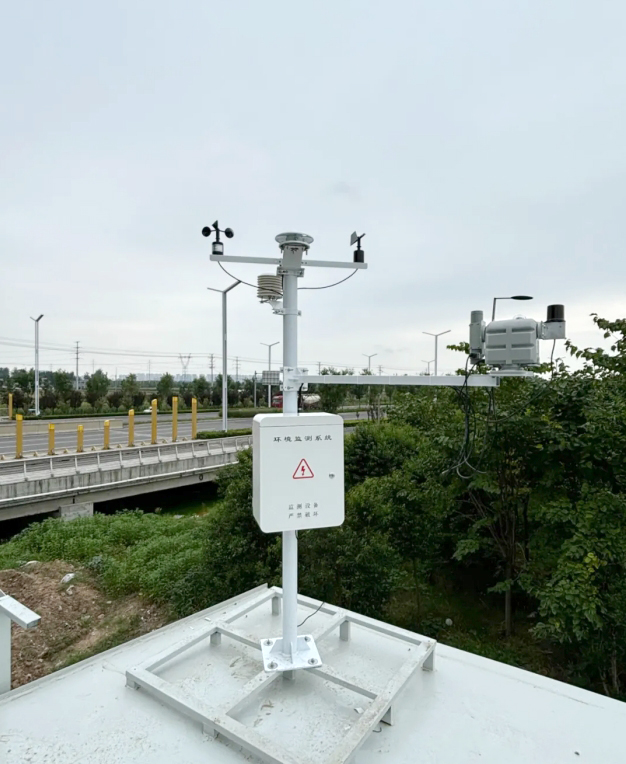
Cloud platforms support real-time viewing, chart analysis, and CSV/JSON exports for easy integration with third-party systems.
Yes, it directly guides irrigation, fertilization, pest and disease control, and harvest timing.
Regular sensor cleaning and battery checks are sufficient; the modular design simplifies the maintenance process.
Absolutely, it provides long-term, high-precision data to support teaching and research experiments.
Choose comprehensively based on sensor needs, collection accuracy, data access methods, and power conditions.
NiuBoL AWS features windproof, rainproof, and dustproof designs, stable in high temperatures, sandstorms, or heavy rain.
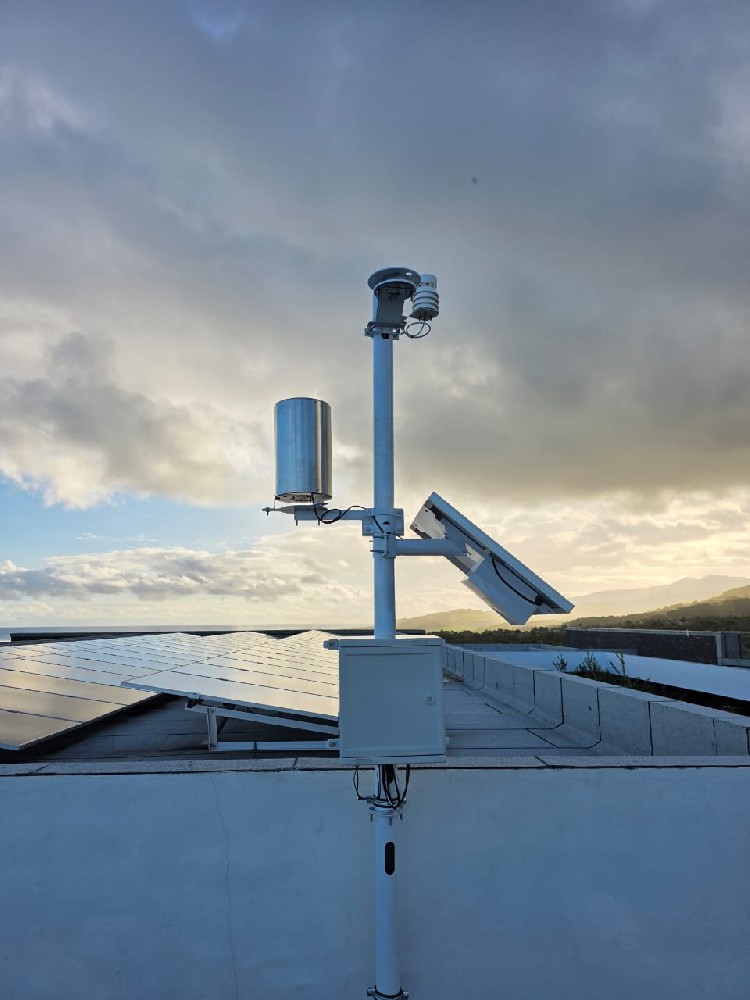
- AI + Edge Computing: Sensor data enables local computation of crop irrigation and fertilization needs.
- Multi-Source Data Fusion: Combined with drone and satellite imagery for improved crop growth prediction accuracy.
- Regional Networking: Multiple weather stations form microclimate networks to support regional agricultural management and disaster prediction.
- Service-Based Business Models: Integrated hardware + data + analysis subscription models to lower initial user investments.
- Integration with Digital Twin Agriculture: Data used for virtual farm models to achieve intelligent decision-making and predictions.
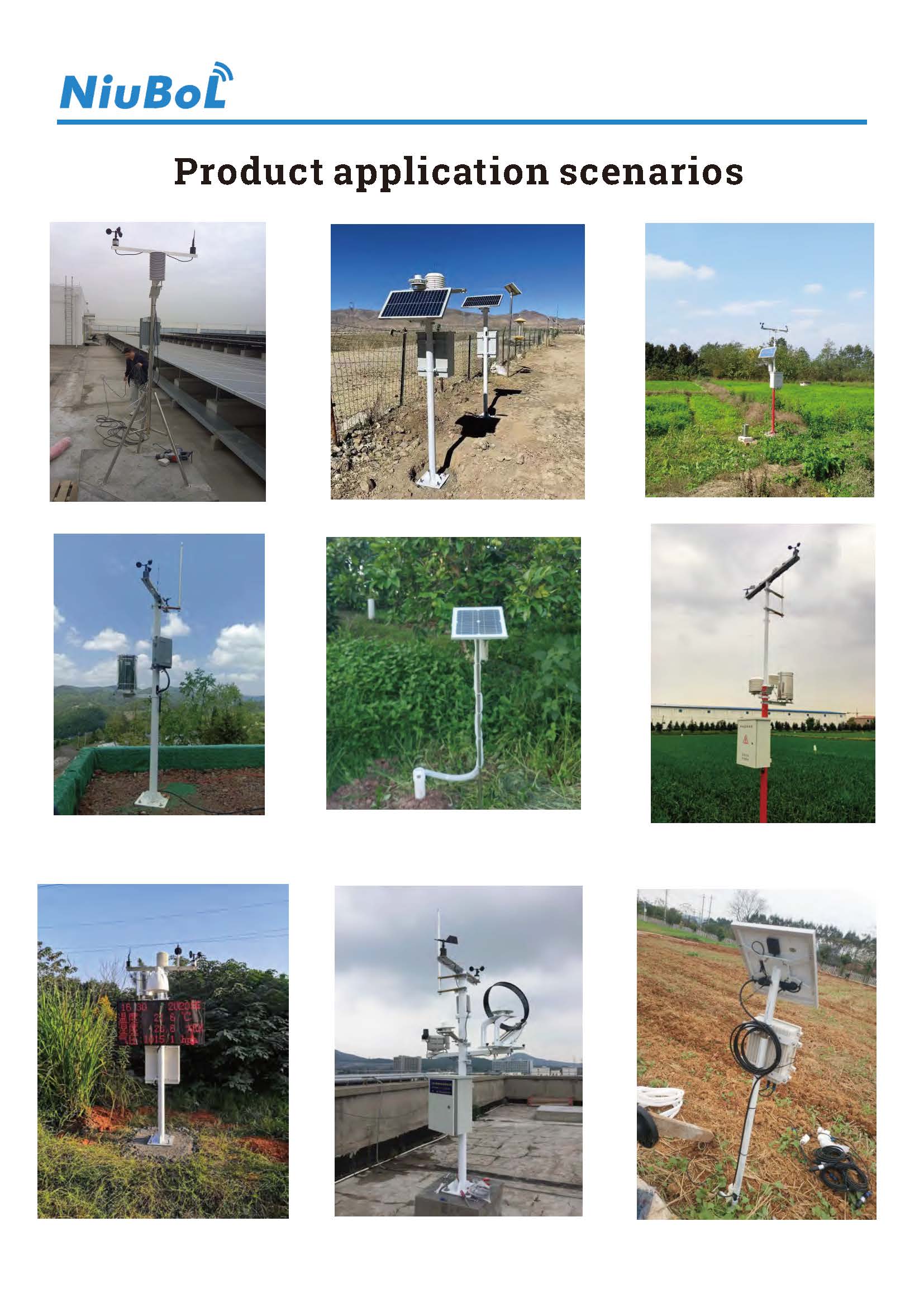
Ambient Weather Stations are core tools for modern agriculture, research, and urban environmental management. Through automation, multi-sensor integration, and intelligent data analysis, they significantly boost yields, optimize resource utilization, reduce risks, and support research and education.
NiuBoL's Ambient Weather Stations combine high-precision sensors, cloud data management, and scalable designs to provide complete solutions. Through scientific decision-making and data-driven management, users can achieve more efficient and intelligent environmental and agricultural management.
The competitiveness of future smart agriculture and environmental management will stem from who can most effectively utilize data. Ambient Weather Stations provide users with this capability, and NiuBoL stands at the technological forefront, supporting global intelligent agriculture and environmental monitoring development.
Prev:Top FAQs About Automated Weather Stations
Next:Smart Farming and the Rise of Multi-Parameter Weather Stations
Related recommendations
Sensors & Weather Stations Catalog
Agriculture Sensors and Weather Stations Catalog-NiuBoL.pdf
Weather Stations Catalog-NiuBoL.pdf
Related products
 Combined air temperature and relative humidity sensor
Combined air temperature and relative humidity sensor Soil Moisture Temperature sensor for irrigation
Soil Moisture Temperature sensor for irrigation Soil pH sensor RS485 soil Testing instrument soil ph meter for agriculture
Soil pH sensor RS485 soil Testing instrument soil ph meter for agriculture Wind Speed sensor Output Modbus/RS485/Analog/0-5V/4-20mA
Wind Speed sensor Output Modbus/RS485/Analog/0-5V/4-20mA Tipping bucket rain gauge for weather monitoring auto rainfall sensor RS485/Outdoor/stainless steel
Tipping bucket rain gauge for weather monitoring auto rainfall sensor RS485/Outdoor/stainless steel Pyranometer Solar Radiation Sensor 4-20mA/RS485
Pyranometer Solar Radiation Sensor 4-20mA/RS485
Screenshot, WhatsApp to identify the QR code
WhatsApp number:+8615367865107
(Click on WhatsApp to copy and add friends)
